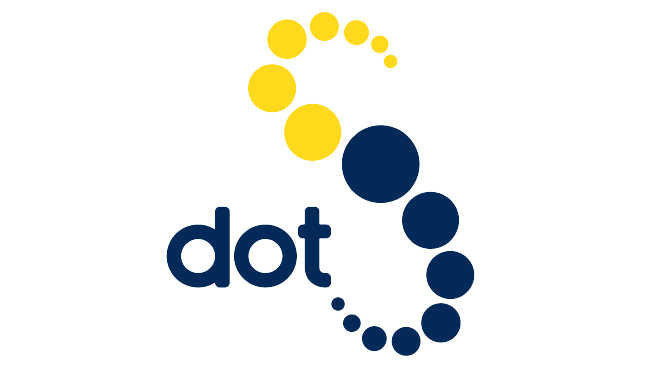In today’s data-driven world, the ability to harness and interpret data effectively can be a game-changer for businesses of all sizes. Whether through automated Business Intelligence (BI) services or manual data analysis, deriving insights from data helps organizations make informed decisions, optimize operations, and drive growth. This article explores the significance of data insights and compares the benefits and challenges of automated BI services versus manual analysis, supplemented with case studies for each approach.
The Power of Data Insights
Data insights enable businesses to:
- Understand Trends and Patterns: By analyzing historical data, businesses can identify trends and patterns that inform future strategies.
- Make Informed Decisions: Data-driven decisions are based on factual evidence rather than intuition, leading to more reliable outcomes.
- Optimize Operations: Insights into operational data can reveal inefficiencies and areas for improvement, enhancing overall performance.
- Enhance Customer Experience: Understanding customer data helps tailor products and services to meet their needs more effectively.
Automated BI Services
Automated BI services use advanced tools like Tableau, Sisense, and Power BI to streamline the data analysis process. These tools automate data collection, processing, and visualization, making it easier for businesses to gain insights quickly and accurately.
Case Study: Retail Company Using Power BI
A mid-sized retail company faced challenges in understanding their sales data across multiple locations. They implemented Power BI to automate their data analysis. With Power BI, they integrated data from various sources, including sales, inventory, and customer feedback. The automated dashboards provided real-time insights into sales performance, inventory levels, and customer preferences.
Outcomes:
- Increased Sales: By identifying top-selling products and underperforming items, the company optimized their inventory and marketing strategies, resulting in a 15% increase in sales.
- Improved Efficiency: Automated reporting saved the team hours of manual data compilation and analysis, allowing them to focus on strategic initiatives.
- Enhanced Customer Satisfaction: Insights into customer preferences enabled the company to tailor their offerings, improving customer satisfaction and loyalty.
Manual Data Analysis
Manual data analysis involves collecting, processing, and interpreting data using tools like Excel. While it can be time-consuming, it is often more flexible for smaller datasets or specific, one-time analyses.
Case Study: Small Manufacturing Business Using Excel
A small manufacturing business wanted to understand production bottlenecks and improve their operational efficiency. Lacking advanced BI tools, they relied on manual data analysis using Excel. The team collected data from production logs, employee reports, and machinery performance records.
Outcomes:
- Identified Bottlenecks: Through detailed analysis, they identified key bottlenecks in their production process, such as machinery downtime and labor inefficiencies.
- Cost Savings: By addressing these issues, the business reduced operational costs by 10%, resulting in significant savings.
- Employee Engagement: Involving employees in the data collection process increased their engagement and provided valuable insights from the shop floor.
Comparing Automated BI Services and Manual Analysis
Speed and Efficiency:
- Automated BI Services: Provide rapid, real-time insights with minimal manual effort, ideal for businesses needing frequent and detailed analysis.
- Manual Analysis: More time-consuming and labor-intensive, suitable for smaller datasets or less frequent analysis needs.
Accuracy and Consistency:
- Automated BI Services: Reduce the risk of human error, ensuring consistent and accurate data processing and reporting.
- Manual Analysis: Prone to human error, especially with large datasets, but allows for more flexible and customized analysis.
Cost:
- Automated BI Services: Higher initial investment in software and training but offers long-term savings in time and efficiency.
- Manual Analysis: Lower initial cost but can be more expensive in terms of time and labor over the long term.

Conclusion
Both automated BI services and manual data analysis play crucial roles in unlocking the potential of data insights. Automated BI services are ideal for organizations seeking efficiency, accuracy, and scalability, while manual analysis can be more suitable for specific, smaller-scale projects. Regardless of the method, the ability to derive actionable insights from data is essential for making informed decisions, optimizing operations, and driving business growth. By understanding the strengths and limitations of each approach, businesses can choose the best strategy to meet their unique data analysis needs.


Recent Comments